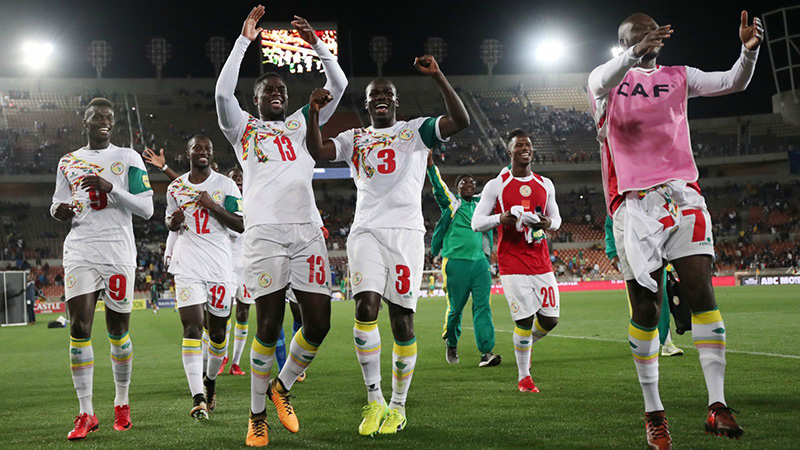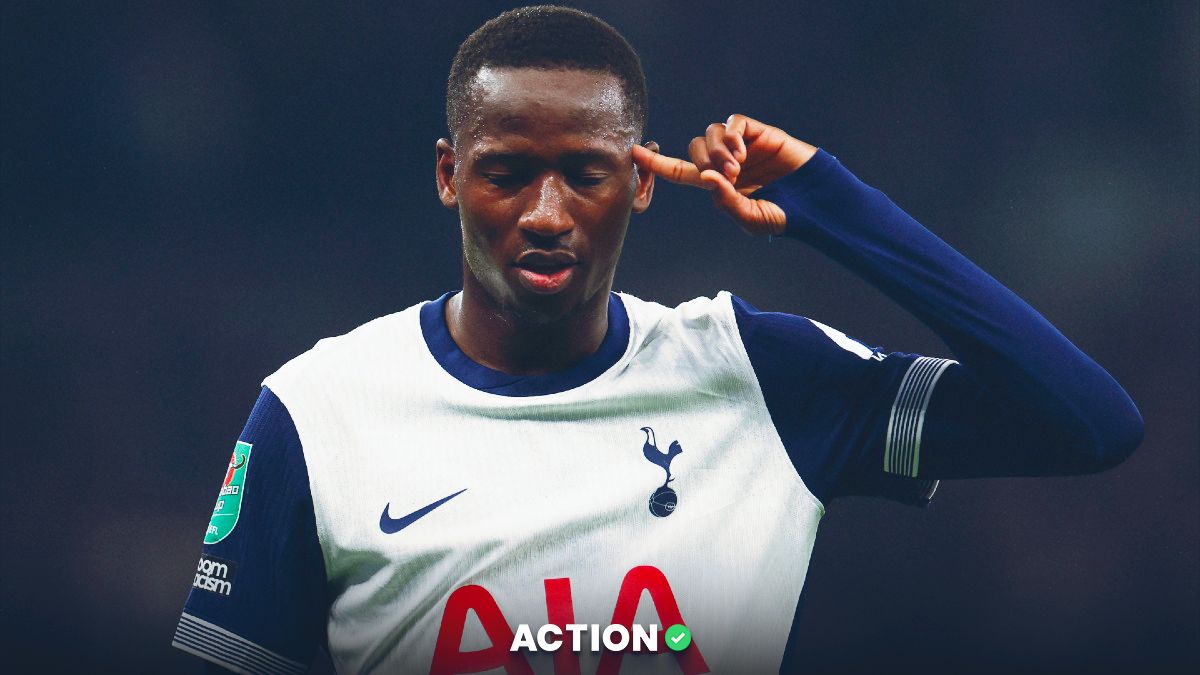The World Cup fast approaches. As a 32-team tournament with a round-robin group stage followed by four rounds of single-game elimination matchups, the tournament is one of the most unique events in the world. Much like March Madness, the structure makes the tournament great for picking brackets and futures. But because of the nature of international soccer — and the quirks of the World Cup in particular — there are some important differences to keep in mind when making predictions. Picking the winner — and spotting upsets — is a different game than it is in March Madness, or in any other competition in the world. Here are two fundamental things to keep in mind when looking ahead to Russia this summer.
Underdogs Don’t Make Deep Runs
Everybody wants to be the person to pick Loyola Chicago to get to the Final Four. That’s a bad idea for a World Cup bracket. By the time the semifinals roll around, all the upstarts have usually been eliminated. The World Cup kicked off in 1930 and has been held every four years since (except 1942 and 1946, when World War II forced its cancellation). That means there have been 20 tournaments, yet there have only been eight total winners. And, if anything, that understates just how concentrated World Cup success has been. Brazil has won five times, a quarter of the total World Cups played, and Germany and Italy have each won four. Almost two-thirds of the World Cups in history have been won by just three teams.
That concentration extends to the semifinals as well. There have been 80 final four slots over the history of the World Cup. Given the shifting format of the tournament that has usually been a single-elimination round, although the final four occasionally has been played as a final group stage. The teams that have reached the late stage of the tournament have overwhelmingly been from Europe and South America. In fact, out of those 80 teams, only two have ever come from somewhere else. The first was the United States in the inaugural 1930 tournament in Uruguay, and the second was South Korea in 2002 when the tournament hosts were Japan and … South Korea. If you aren’t from one of the two preeminent soccer-playing continents in the world, and you aren’t hosting the tournament, and you haven't been playing since before the invention of modern air transportation, you probably aren’t making the final four.
However, that doesn’t mean there aren’t surprises. It just means that those surprises almost always come from teams that are traditional soccer powerhouses that for whatever reason were seemingly going through tough times. Since the World Cup expanded to 32 teams in 1998, there have been some surprising results. One way to analyze the data is to look at various nations' ELO ratings (a method for calculating the relative skill levels of players) at the start of the tournament (thanks to soccer statistician extraordinaire Michael Caley for the data) in order to gauge how good they were expected to be, and then see how the tournament shook out.
In 1998, eventual finalists Brazil and France were first and fourth in the field in ELO heading into the tournament, but their semifinals opponents — The Netherlands and Croatia — were ninth and 14th, respectively. Things got really wacky in 2002 when the nine best teams — according to ELO — were all eliminated before the semis. Then again, the 10th- and 11th-best teams were historic powerhouses Germany and Brazil, who eventually met in the final. The real surprises were South Korea — a team that at least had home-field advantage — and Turkey, which was technically a European team but was also one of the weakest sides in the field, with only 10 teams — including South Korea — rating more poorly.
After the relative insanity of the 2002 World Cup, the last three tournaments have conformed very closely to expectations. Of the 12 ensuing semifinalists, only one — Uruguay in 2010 — has been outside the top six in ELO entering the tournament. Simply put, most of the time the best teams in the world end up duking it out at the end of the tournament.
Upsets Still Happen
Nevertheless, just because the best teams in the world are usually the last ones standing, that doesn’t mean there isn’t drama along the way. While the early round-robin format might seem as if it would protect the best teams from having an off day and going home, the truth is that in every tournament a couple of seeming contenders get knocked out during the group stages.
The most recent World Cup in 2014 is a perfect example of this unusual occurrence. The semifinals were extremely by the book. Brazil, Germany, Argentina and The Netherlands were the No. 1, third-, fourth- and fifth-best teams going into the tournament, according to ELO. However, Spain, Portugal and England — the second-, sixth- and seventh-best ELO teams — were all eliminated in the group stage. England’s elimination was particularly notable. They finished at the bottom of their group, and Italy finished in third, while Costa Rica — a team with the fifth-lowest ELO coming into the tournament — finished on top, and Uruguay finished second.
In 2010, Italy's elimination in the group stage was the only truly surprising ouster. The Azzurri entered the tournament as the sixth-strongest side but finished last in their group, largely because they couldn’t earn more than a draw against New Zealand, the tournament’s second-weakest team. France was also eliminated, although their ELO ranking of 11th was rather unimpressive that year. The same was true of a Serbian side that ELO had as the 13th-best team, although they were still projected as better than the Ghana side that advanced at their expense. Even if many of this year's favorites ultimately advance — as was the case in 2010 — the group stage will still be filled with upsets in individual games. For example, before Spain won the 2010 tournament, they lost their opening match to Switzerland.
Figuring Out Who is Who
The challenge for picking winners and losers this summer is how narrowly these two groups can overlap. Argentina, who lost to Germany in the 2014 World Cup Final, are coming off a rough qualifying season and have struggled to come together under manager Jorge Sampaoli. They’re in a tricky and talented group with Croatia, Iceland and Nigeria. They also currently have the fourth-highest ELO rating in the world. Does that make them a big-name team ripe for an upset? Are they Spain from 2014? Are they the exception? Or will they adhere to the rule and be able to coast to the later rounds of the tournament without much of a problem?
Then there are teams such as Colombia and Belgium. They’re eighth and ninth, respectively, in world ELO. They both have relatively easy draws. Colombia has three lower-ranked teams — Poland, Senegal and Japan in their group — a plum draw for a team just inside the top 10 in the world. Belgium has to contend with England, but has a relatively soft bottom half of the group with Panama and Tunisia. Both Columbia and Belgium fit the profile of a World Cup underdog. They’re not at the very top of the ELO rankings, but they’re from the right parts of the world, and both teams are good enough that their odds of reaching the semifinals are realistic, albeit slightly unlikely. Also, if the tournament holds true to form, then those two countries will be set to face each other in the round of 16, meaning that one of them will be through to the quarterfinals before facing the possibility of having to upset a truly top side.
It’s a virtual lock that by the time this summer’s World Cup reaches the semifinals, the last teams standing will be from South America and Europe. Most of the best teams in the world will still be standing, heavyweights duking it out for the biggest prize. The challenge is figuring out which teams will stub their toes along the way, and if a team that the world already knows is pretty good can make the leap to greatness. We will start to find that out in less than two months.
Top Photo: Members of Senegal's national team celebrate qualifying for the World Cup.
































































